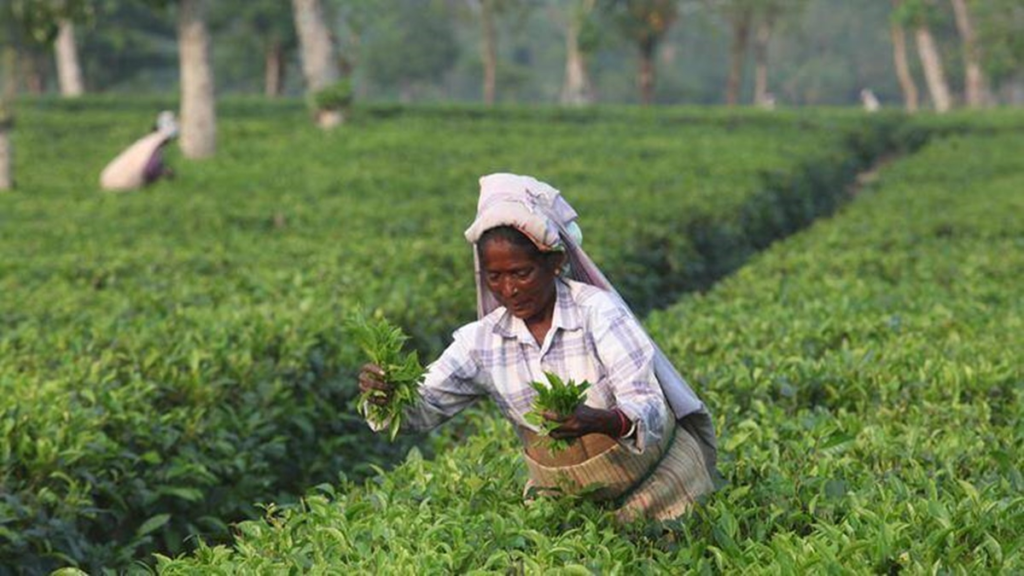For Assam tea industry, first flush crops are generally produced in March and April.
After a long dry spell, all tea estates in Assam have received good rains in the last few days, bringing smiles to the planters’ faces as the showers raise hopes for a “normal” new season first flush production.
Tea producers in Assam, the top-producing state of brew, were a worried lot earlier as they were expecting that the deficient rainfall would impact the first flush crop.
“Earlier, some areas in Assam had received rains, while some areas had remained absolutely dry. But now all parts of the state have got rains. In the last five days, entire Assam received rains. I think there should not be any impact on the first flush crop. We should get a normal crop,” Bidyananda Barkakoty, adviser of the North Eastern Tea Association (NETA), told FE.
For Assam tea industry, first flush crops are generally produced in March and April.
“First flush has been good now as it has been raining in all parts of Assam. March crop should be better than that of last year. Last year cropping started late. This year it has started early, which is good. Up to last week, there was a rainfall deficit compared to the same period last year. Now, certainly it has gone ahead,” said Azam Monem, former chairman, Indian Tea Association (ITA).
First flush crop constitutes around 10% of the total tea production in Assam. For Assam tea industry, however, second flush is more important as it is the premium variety. Second flush crops are generally produced in May and June.
In 2022, Assam tea production stood at 687.93 million kgs, while in 2021 it was at 667.73 million kgs. Production in 2021 was lower due to less rainfall in the early months (January, February and March) of the year as well as during the later part of (October, November and December) 2020.
“Buyers do not depend so much on Assam tea production in March. Going ahead, prices will depend on the production in April and May. So far as I see the market is not yet hungry. It may be because consumption had not grown as expected during the winter, which was comparatively warm,” Monem added.

Source:financianexpress.com


